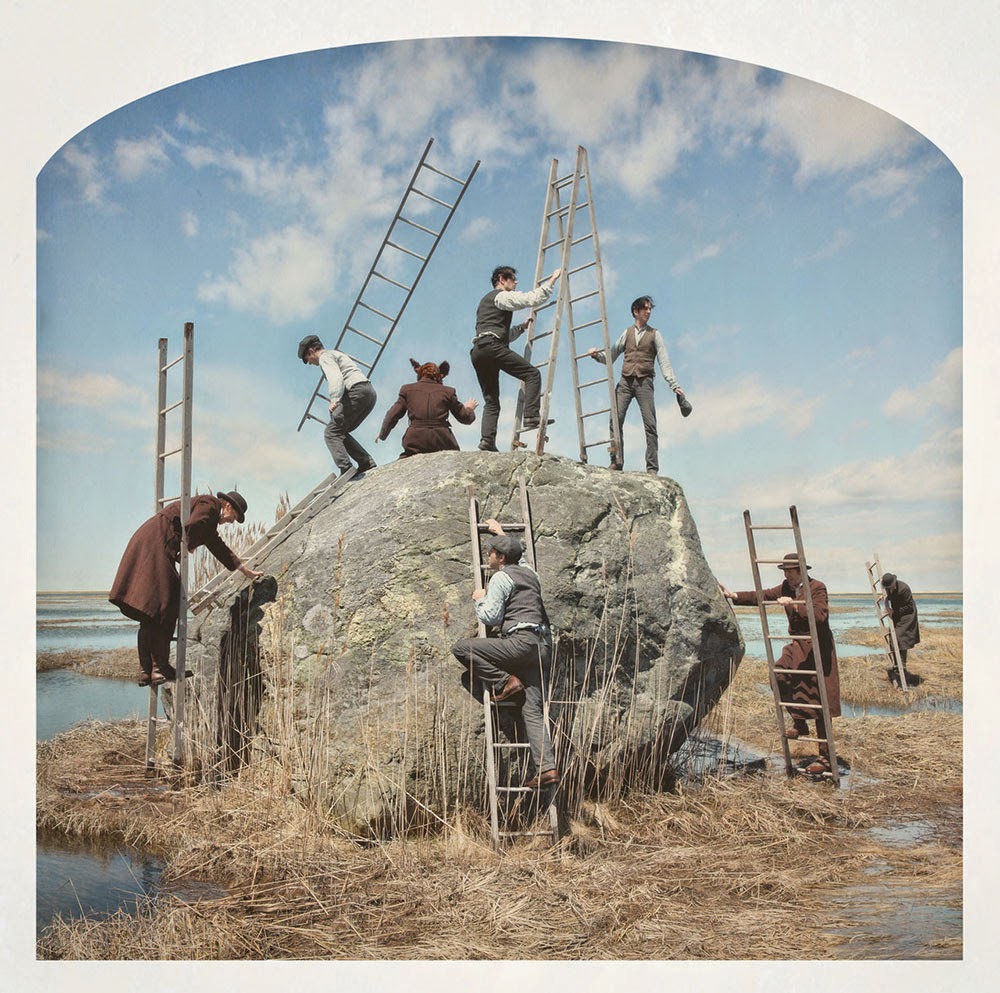 [Image: Kahn & Selesnick, courtesy Yancey Richardson].
[Image: Kahn & Selesnick, courtesy Yancey Richardson].
I’ve mentioned the work of artists Kahn & Selesnick before; their surreal narratives are illustrated with elaborately propped photos that fall somewhere between avant-garde theater and landscape fiction, with mountain glaciers, salt mines, alien planets, utopian cityscapes, and, as seen here, the slowly flooding marshes of an unidentified hinterland.
 [Image: Kahn & Selesnick, courtesy Yancey Richardson].
[Image: Kahn & Selesnick, courtesy Yancey Richardson].
These images are from a new project, called Truppe Fledermaus & The Carnival at the End of the World, that opened at New York’s Yancey Richardson gallery last week. “Utilizing photography, drawing, printmaking, sculpture and performance,” the gallery writes, “the artists create robust mythic realities for each project, building imaginary, character-driven fictions from kernels of obscure historical truth.”
Kahn & Selesnick’s latest project follows a fictitious cabaret troupe—Truppe Fledermaus (Bat Troupe)—who travel the countryside staging absurd and inscrutable performances in abandoned landscapes for an audience of no one. The playful but dire message presented by the troupe is of impending ecological disaster, caused by rising waters and a warming planet, the immediate consequences of which include the extinction of the Bat, in this mythology a shamanistic figure representing both nature and humanity. In one sense, the entire cabaret troupe can be seen as a direct reflection of the artists themselves, both entities employing farce and black humor to engage utterly serious concerns.
The particular scenes shown here, all on display until July 3, 2014, are from a sub-series within the project called “100 Views of a Drowning World.”
 [Image: Kahn & Selesnick, courtesy Yancey Richardson].
[Image: Kahn & Selesnick, courtesy Yancey Richardson].
Eccentric residents of a drowning landscape live lives indistinguishable from absurdist stagecraft, as they wander through seemingly wild landscapes that are actually ruins and that will eventually all disappear beneath the deceptively placid tidal flats flowing around them.
 [Image: Kahn & Selesnick, courtesy Yancey Richardson].
[Image: Kahn & Selesnick, courtesy Yancey Richardson].
These anonymous coastal dwellers simulate a nature that is already artificial—a kind of maritime grotesque of overgrown animal forms and humans buried beneath ropes and seaweed—and they set off on doomed expeditions through terrains whose original inhabitants have long been forgotten.
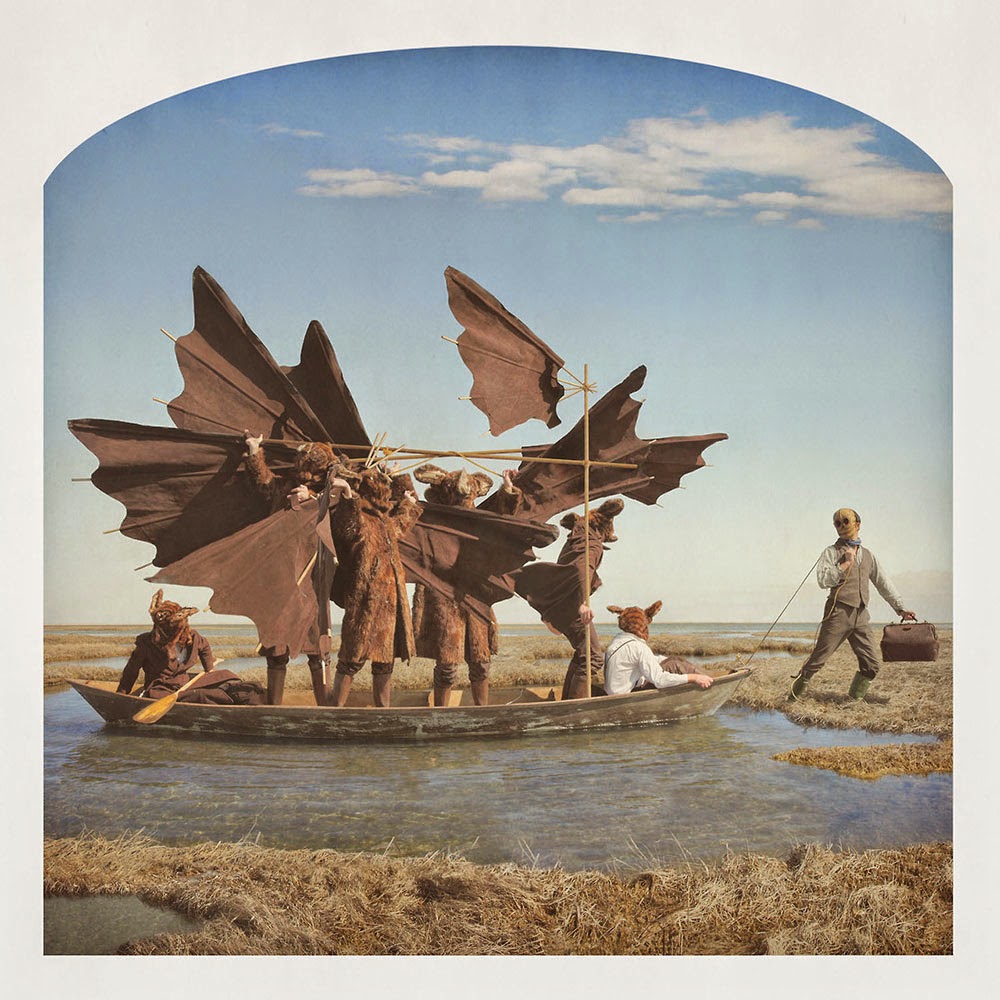
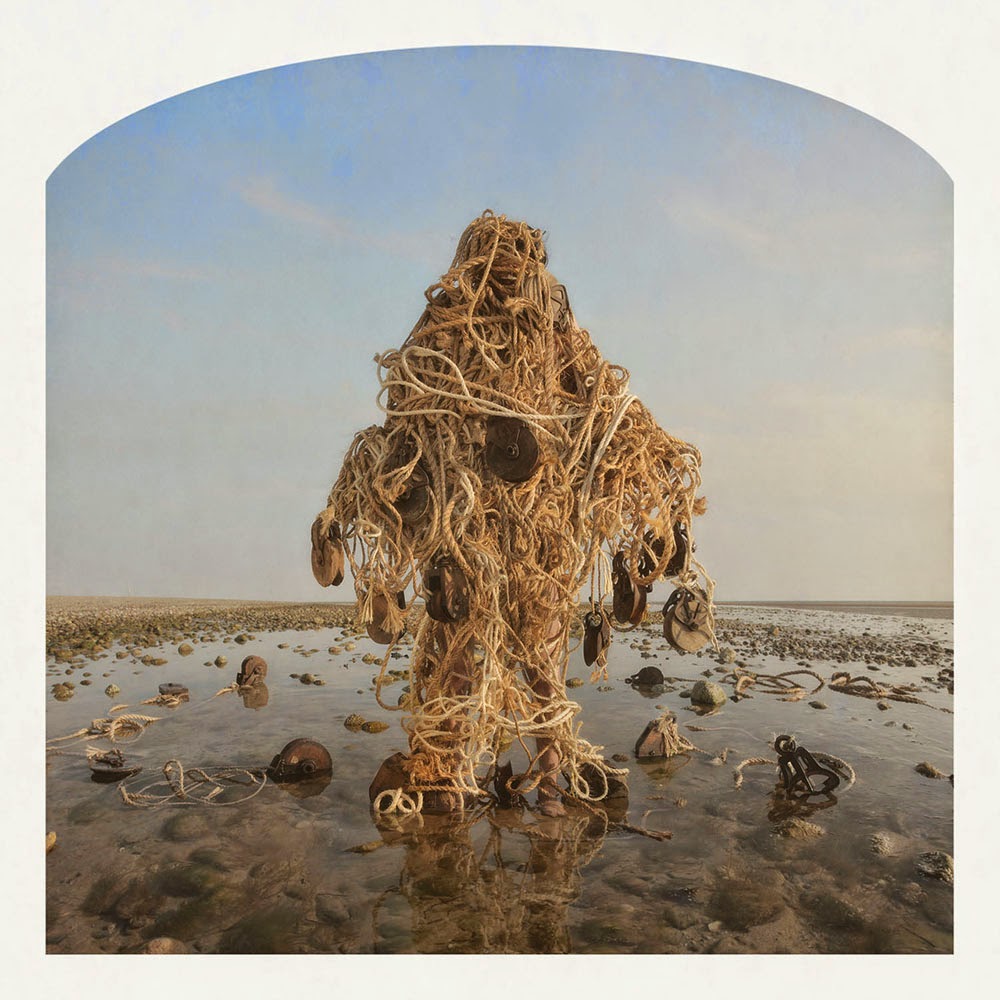 [Image: Kahn & Selesnick, courtesy Yancey Richardson].
[Image: Kahn & Selesnick, courtesy Yancey Richardson].
Lone figures in boats look out into what will soon be sea, attempting to navigate land as if it is already an ocean.

 [Images: Kahn & Selesnick, courtesy Yancey Richardson].
[Images: Kahn & Selesnick, courtesy Yancey Richardson].
And others attempt to escape into some new strain of Romanticism, witnesses of large-scale terrestrial change who know that this moment on the Earth is rare—though not unique—for the extraordinary transitions that lie over the horizon.
 [Image: Kahn & Selesnick, courtesy Yancey Richardson].
[Image: Kahn & Selesnick, courtesy Yancey Richardson].
In the end, then, the idea is not that these characters’ actions somehow represent or propose a new humanist response to climate change, or that the artists are offering us any sort of practical or ethical insight into what futures might face us in a drowned world, but that these absurd rituals and dreamlike antics instead simply illustrate “a world that is sinking into a marsh.”
It is, as the show’s title suggests, just a carnival at the end of the world.
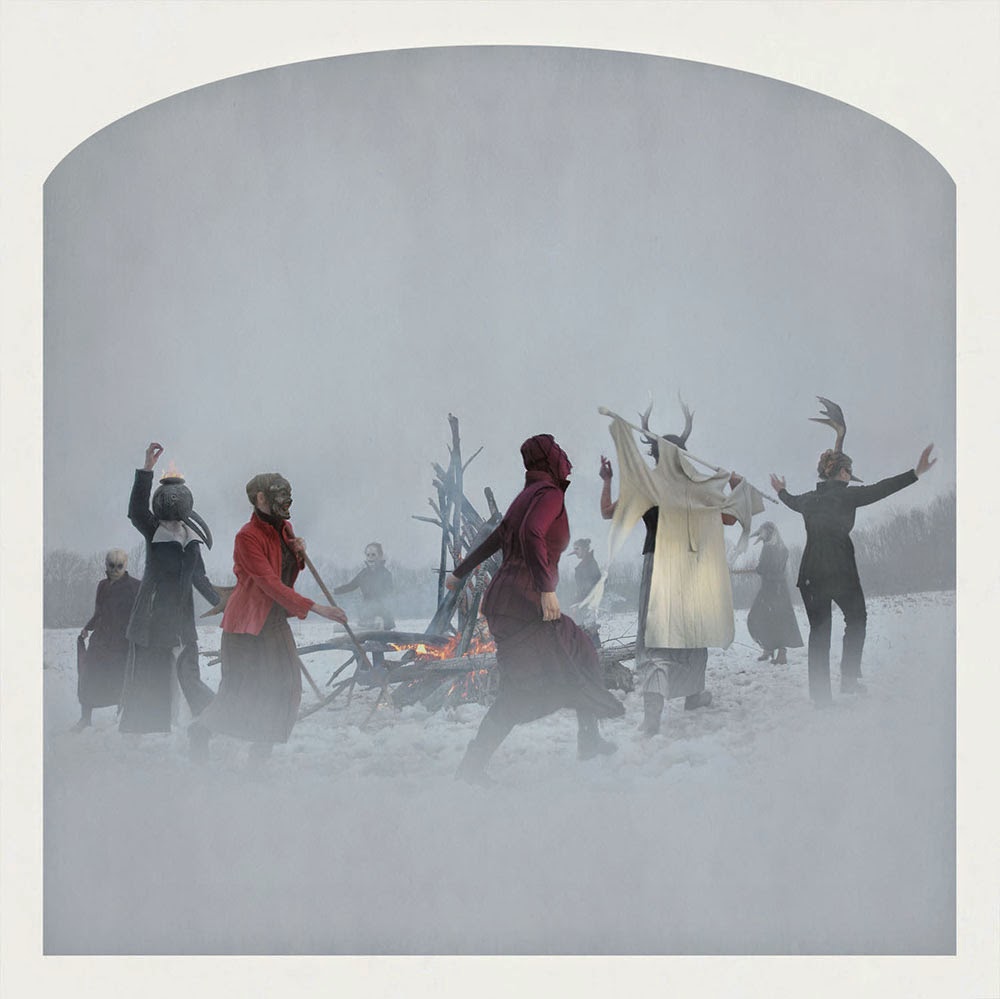 [Image: Kahn & Selesnick, courtesy Yancey Richardson].
[Image: Kahn & Selesnick, courtesy Yancey Richardson].
The Yancey Richardson gallery is on W. 22nd Street, over near the High Line; be sure to stop by before July 3. Here is a map and here are more images.


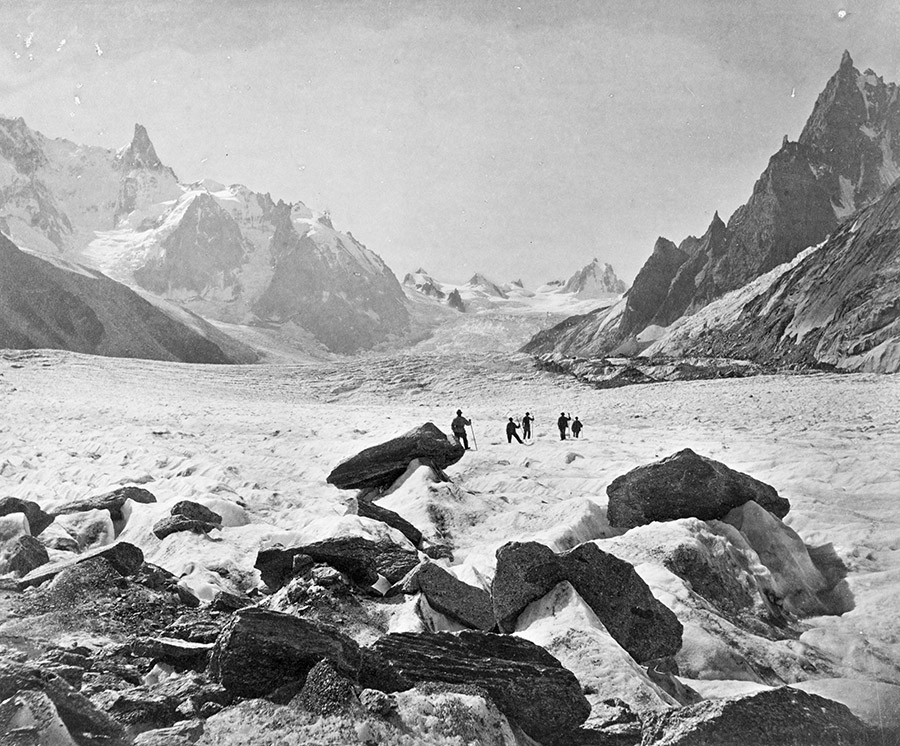 [Image: Courtesy of the
[Image: Courtesy of the 
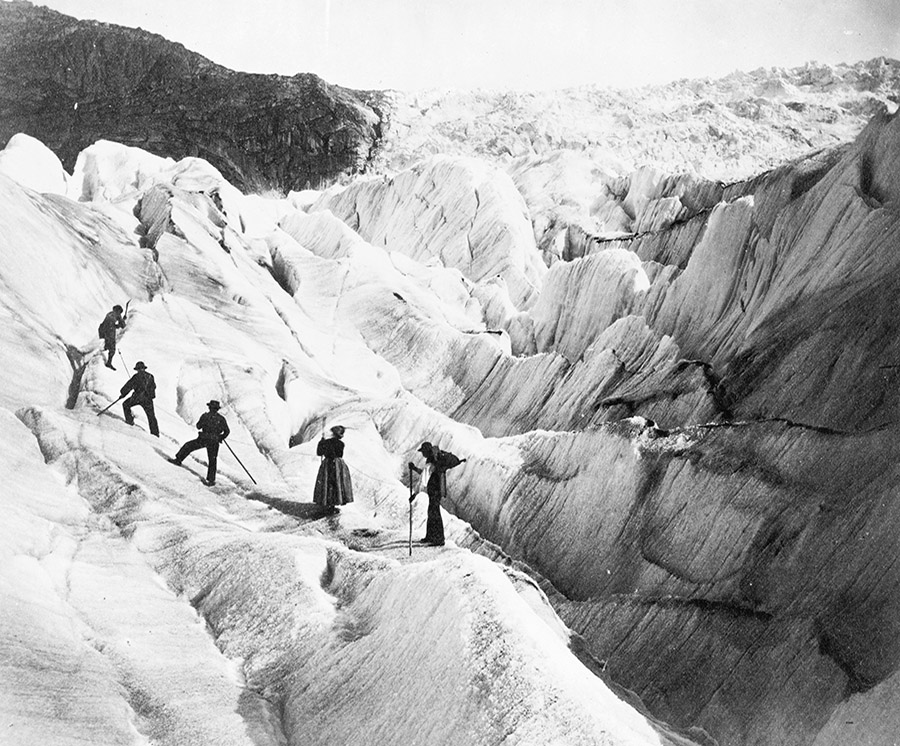 [Images: Courtesy of the
[Images: Courtesy of the  [Image: Courtesy of the
[Image: Courtesy of the 

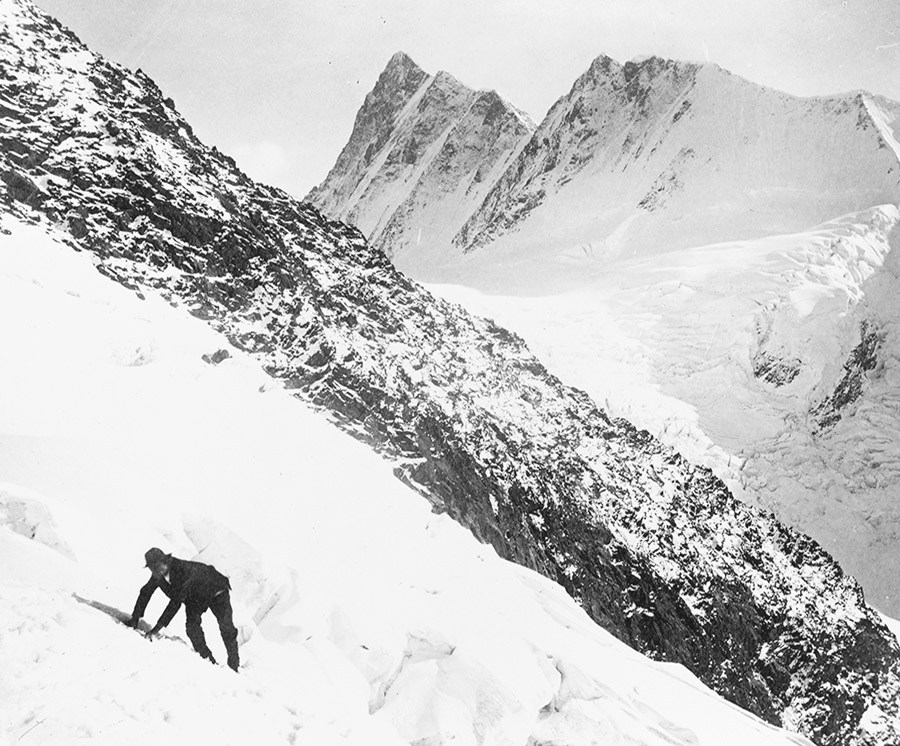 [Images: Courtesy of the
[Images: Courtesy of the 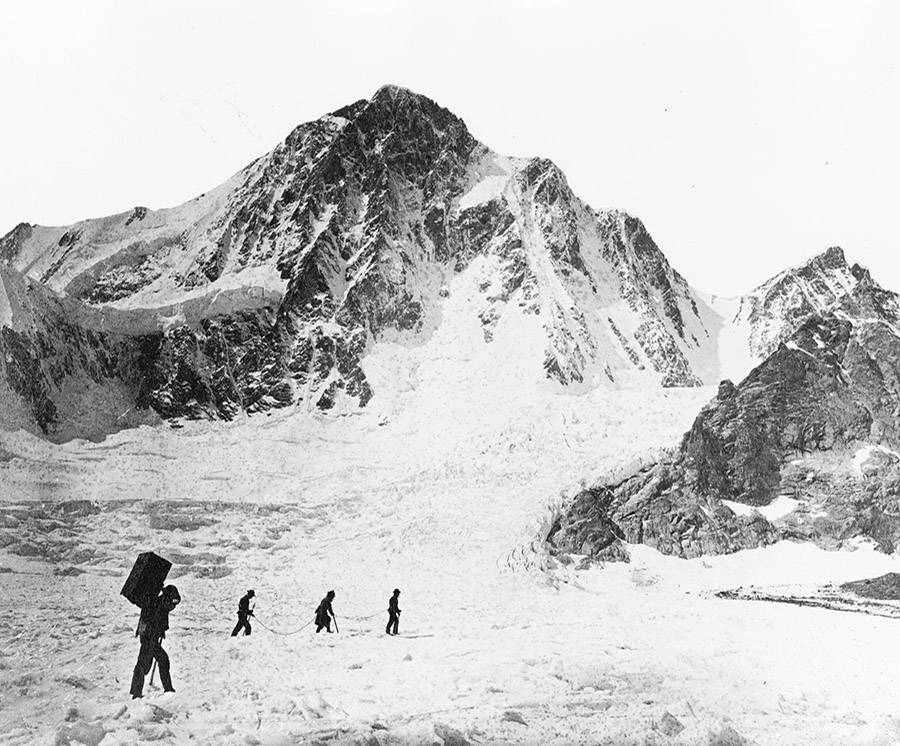
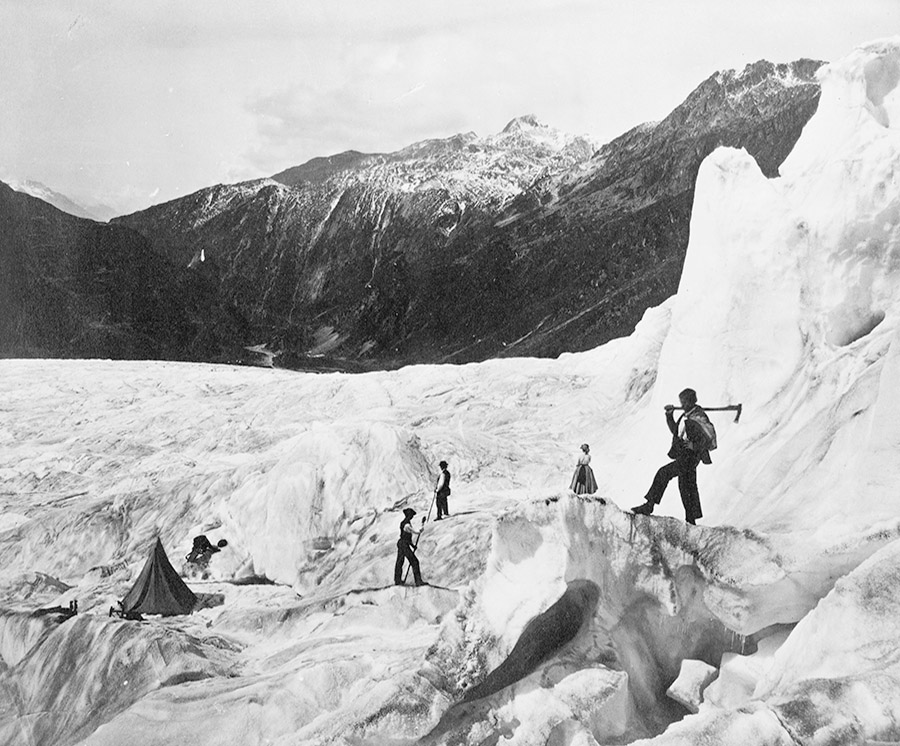 [Images: Courtesy of the
[Images: Courtesy of the 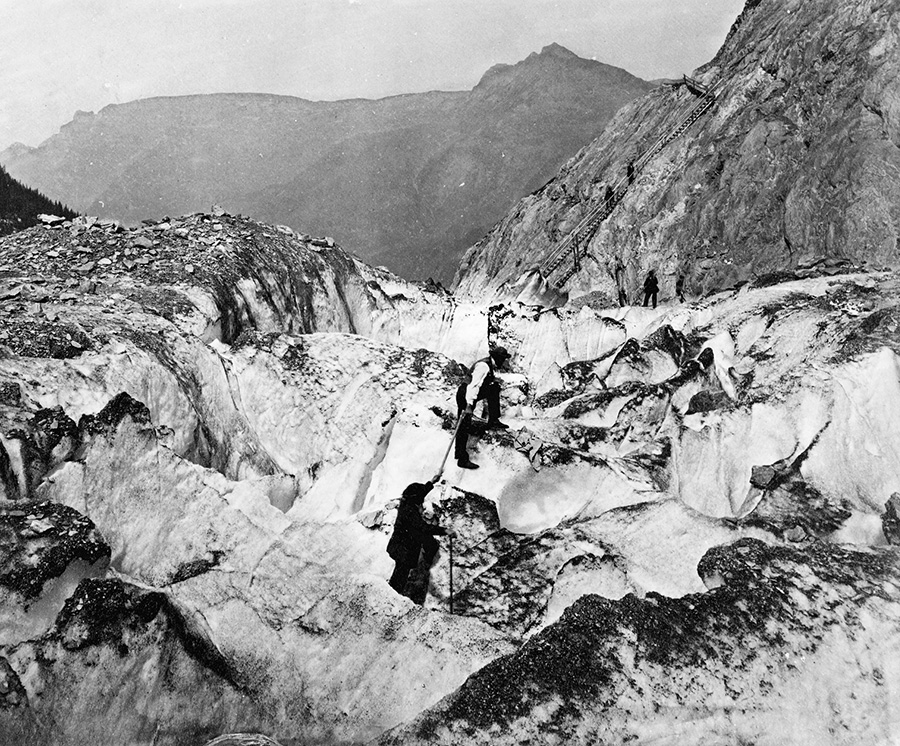 [Image: Courtesy of the
[Image: Courtesy of the 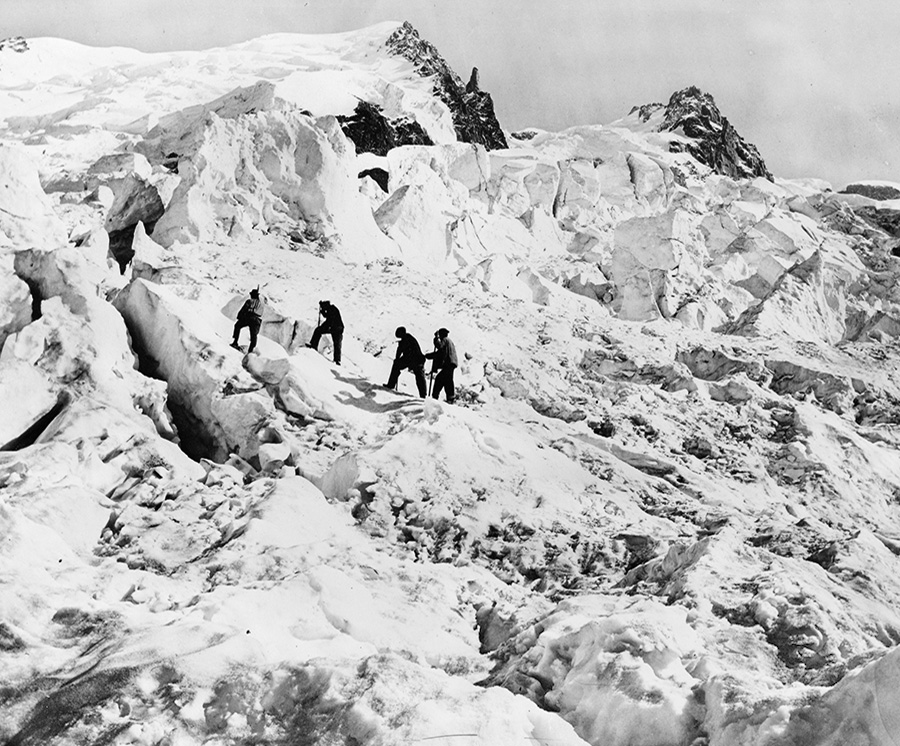 [Image: Courtesy of the
[Image: Courtesy of the 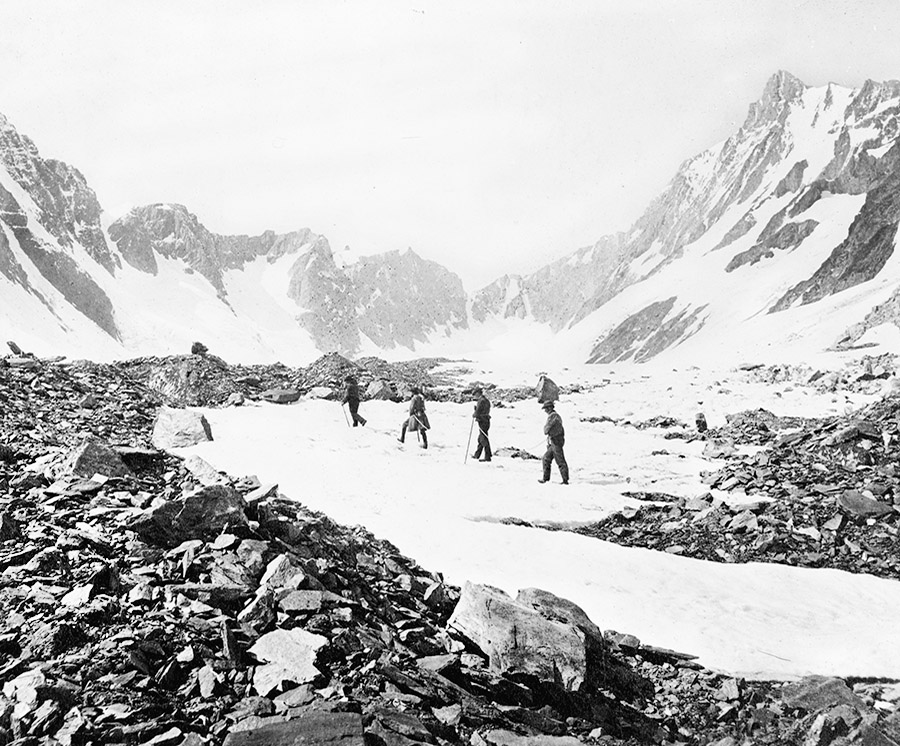
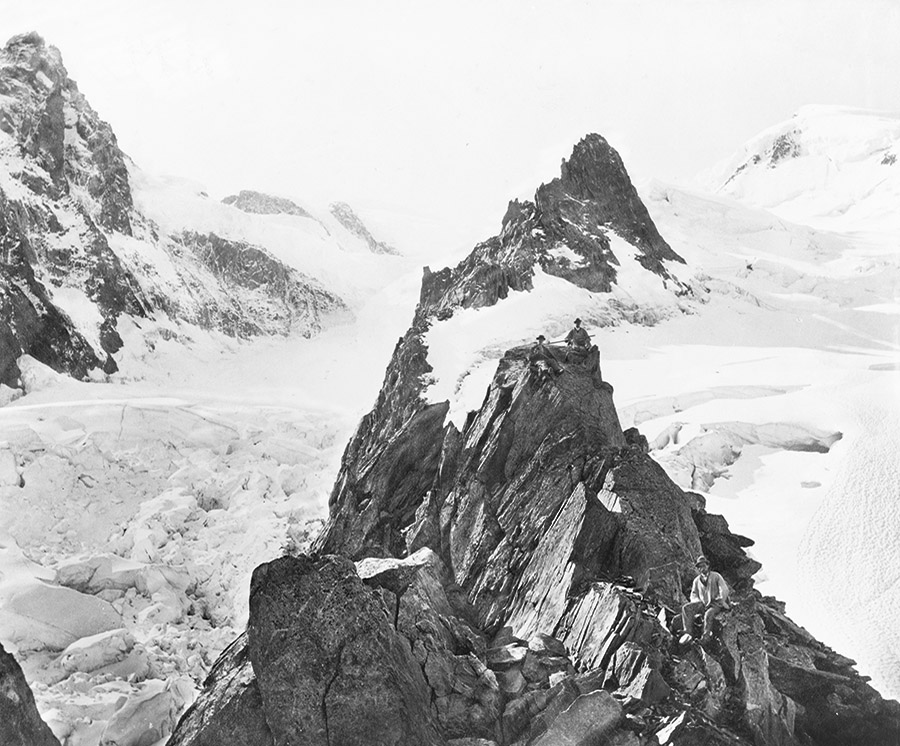 [Images: Courtesy of the
[Images: Courtesy of the